Les Larmes du Levant, the French Sake Produced as it Should Be
This sake brewery was established in the Loire department, known for its winegrowing and the quality of its water.
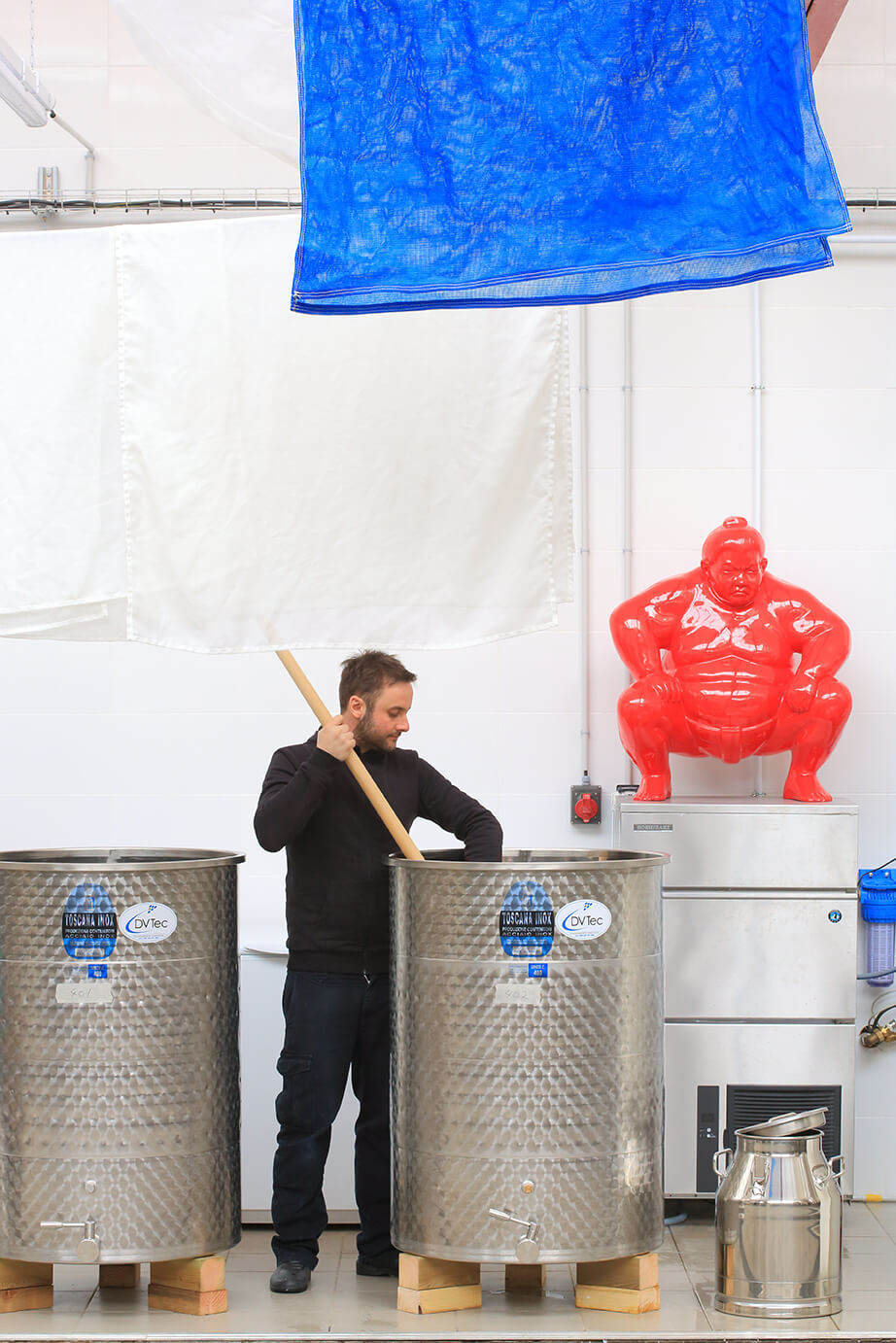
© Les Larmes du Levant
After a trip to Japan marked by various fruitful encounters, Grégoire Bœuf set himself the challenge of creating a company dedicated to sake. He took intensive Japanese lessons and went to train in Japan for almost a year.
During this time, he spent seven months assisting a brewer in Tottori prefecture and four months working in a restaurant in Tokyo. When he returned in August 2016, his brewery Les Larmes du Levant was beginning to take shape in his mind.
‘Wine of tomorrow’
In 2017, he created his sakagura (a traditional brewery dedicated to sake) in Pélussin in the Loire department, a region in France particularly known for winegrowing and the purity of its water. Les Larmes du Levant seeks to combine ancient Japanese craftsmanship with French gastronomy. To achieve this, Grégoire called on a toji (cellar master) and a kura bito (specialised brewing staff), both from Japan, to ensure that the sake production rituals were adhered to exactly as they should be.
With this project, Grégoire wishes to ‘create new customs of consumption’ and make sake ‘the wine of tomorrow’. Les Larmes du Levant holds the status of the first brewery to produce traditional Japanese sake in France. Four different kinds of sake are currently available: L’aube, La vague, Le tonnerre and Le vent.
More information about Les Larmes du Levant can be found on the brewery’s website.
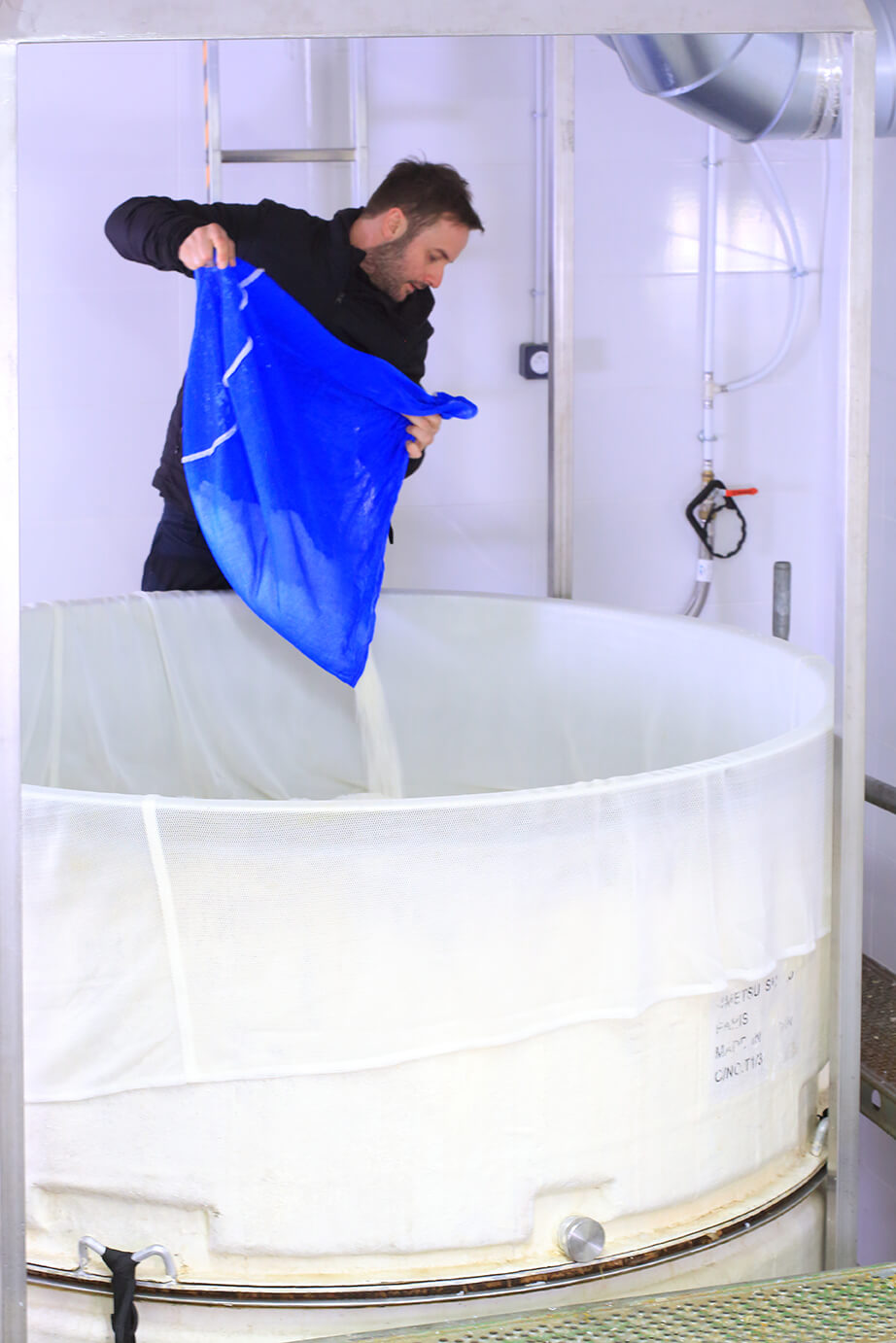
© Les Larmes du Levant
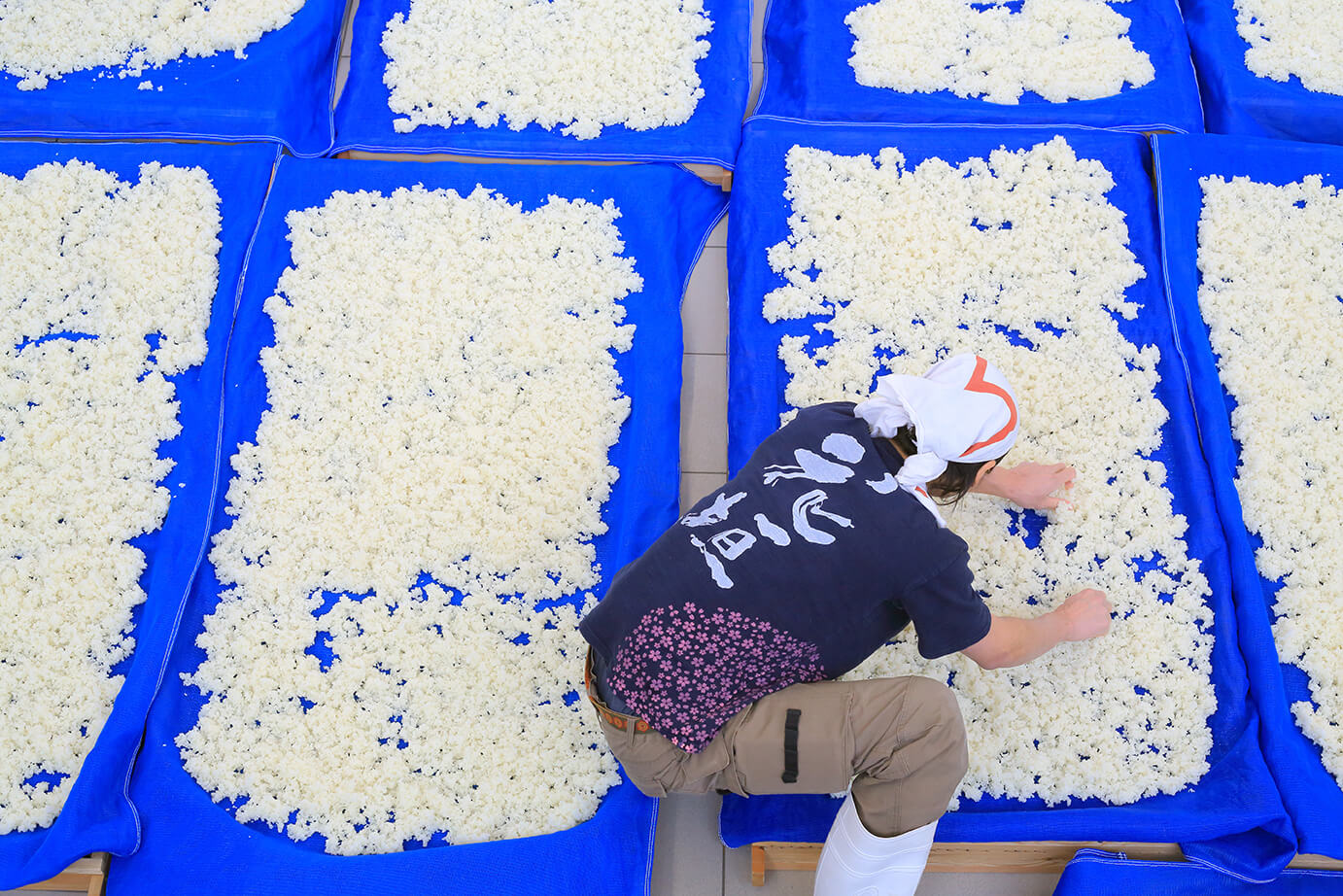
© Les Larmes du Levant
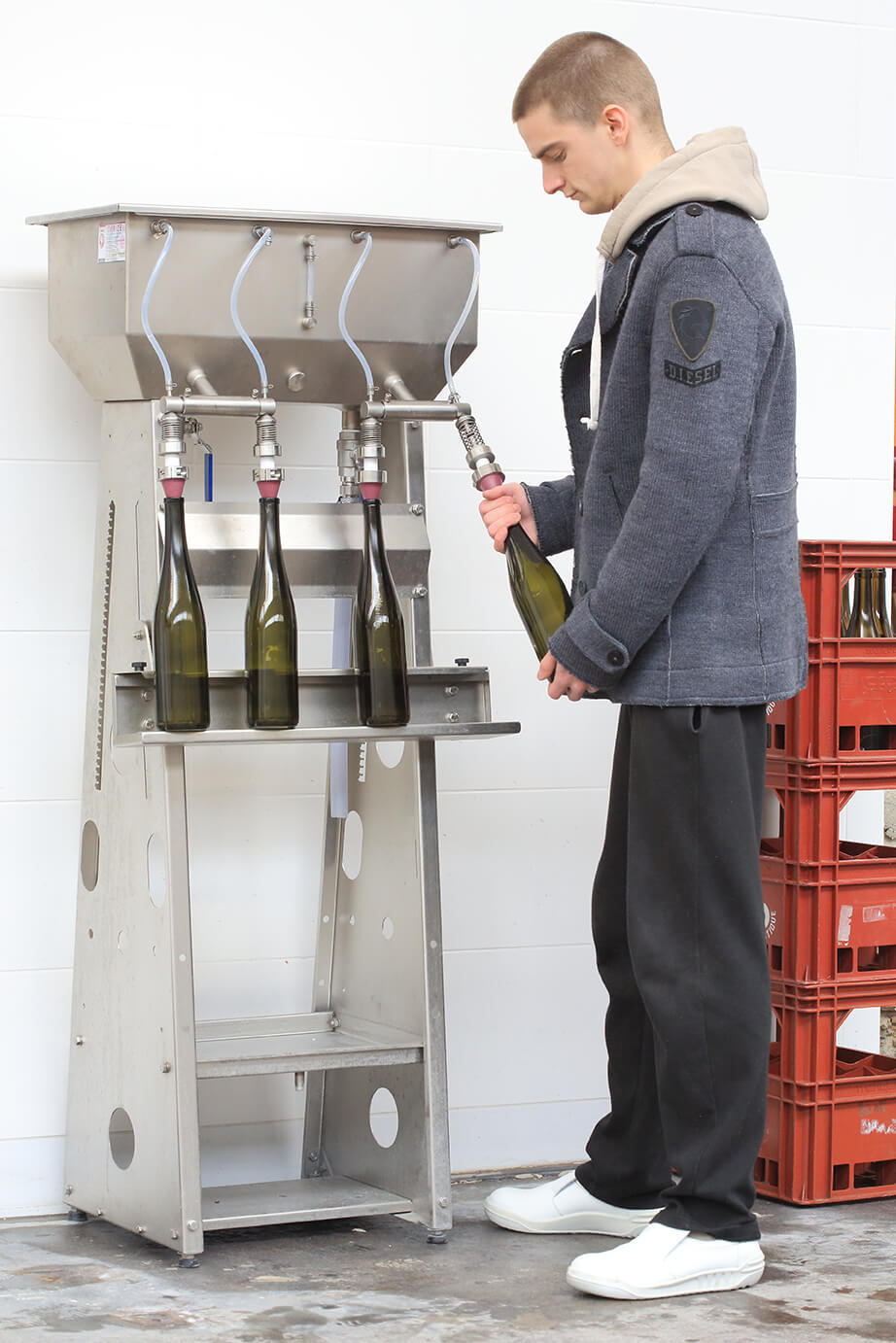
© Les Larmes du Levant
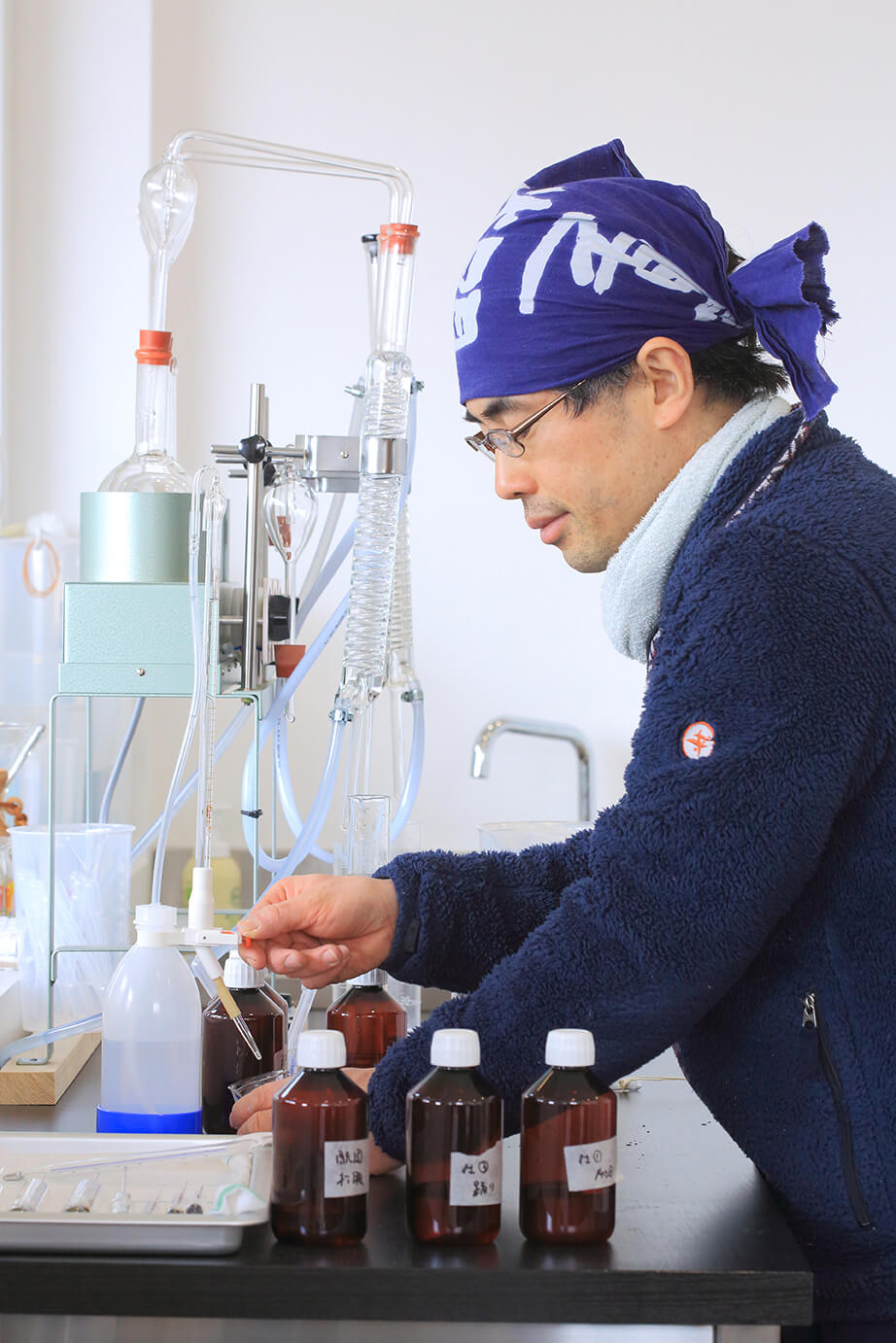
© Les Larmes du Levant
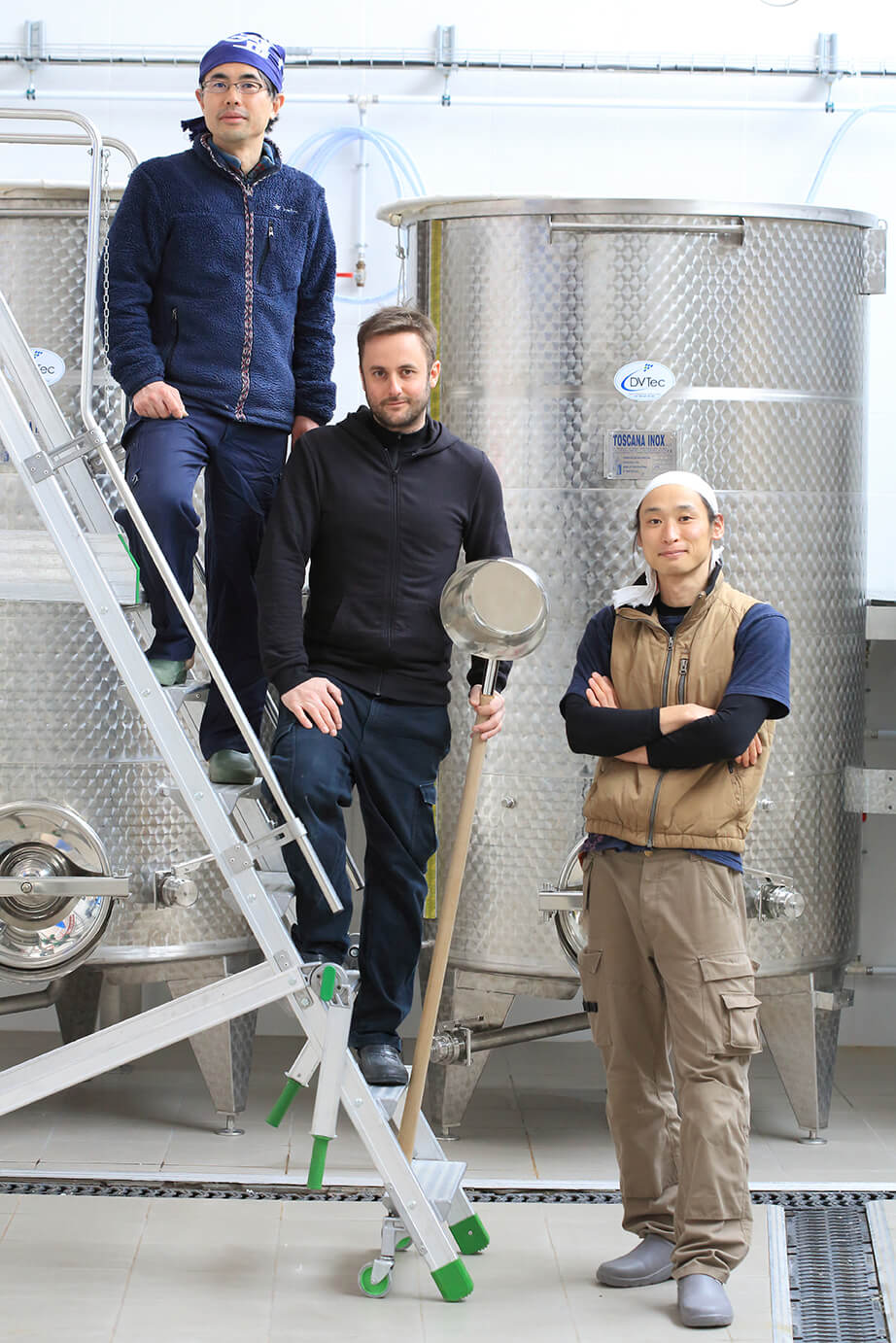
© Les Larmes du Levant
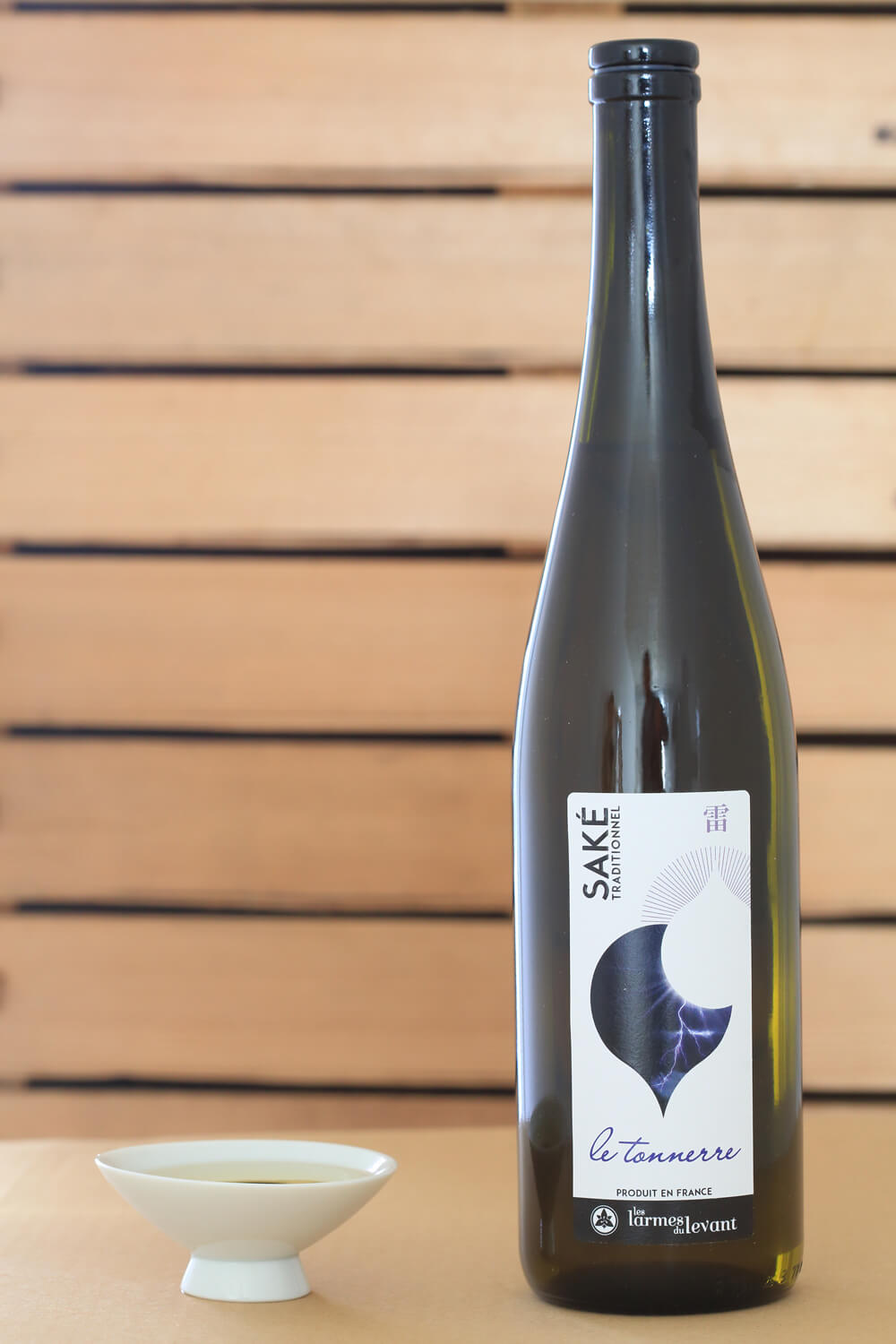
© Les Larmes du Levant
TRENDING
-
The Tattoos that Marked the Criminals of the Edo Period
Traditional tattoos were strong signifiers; murderers had head tattoos, while theft might result in an arm tattoo.

-
Chiharu Shiota, Red Threads of the Soul
Last year, more than 660,000 people visited the retrospective 'Chiharu Shiota: The Soul Trembles' exhibit at the Mori Art Museum.

-
‘Before Doubting Others, Doubt Yourself. Who Can Truly Say a Dish Isn’t What It Used to Be?’
In ‘A Non-Conformist’s Guide to Surviving Society’, author Satoshi Ogawa shares his strategies for navigating everyday life.

-
The Story of Sada Yacco, the Geisha who Bewitched Europe
Described by Dazed magazine as the first beauty influencer, she has been restored to her former glory since 2019.

-
Ito Jakuchu's Naturalist Paintings
From 15 September until 14 October 2018, the Petit Palais showcased the artist's iconic ‘Images of the Colourful Realm of Living Beings’.





